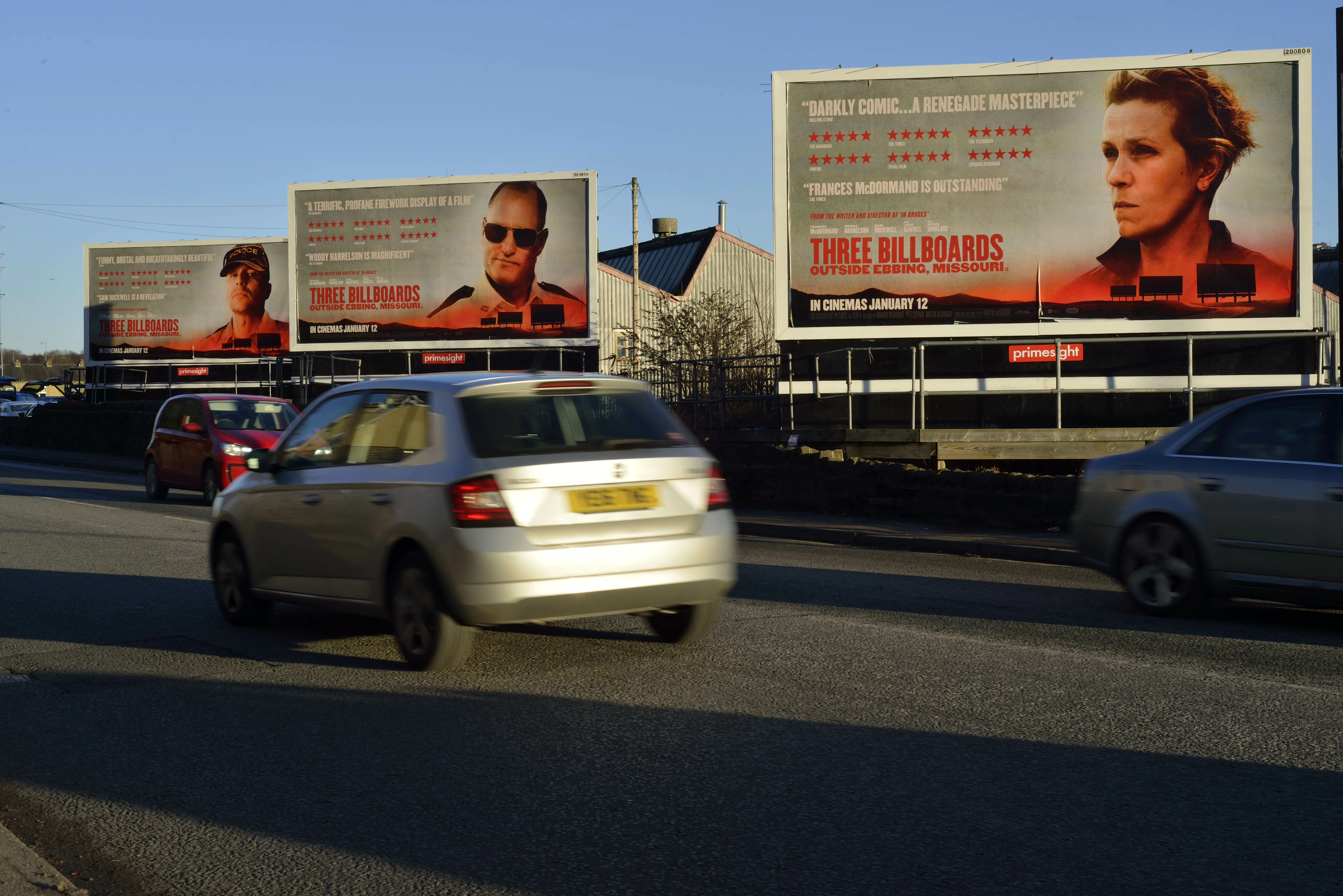
Partner Article
Out-of-home advertising boosts market share by more than a third
A new report reveals that using out-of-home (OOH) within advertising campaigns increases market share growth by 36 percent, boosts profit growth by 20 percent and attracts 15 percent more new customers compared to campaigns that shun OOH.
The report, compiled by esteemed industry analyst Peter Field and commissioned by Rapport in association with the IPA, examines 147 case studies of effectiveness advertising and marketing campaigns from the IPA’s Effectiveness Awards Databank. The analysis investigates the performance of campaigns investing at least 15 percent of their budgets on OOH – known as ‘power users’ – versus those that don’t use the medium.
Further report highlights reveal OOH’s power in driving brand effectiveness, and the nature of its relationship with other media. These findings include:
● Power users achieved significantly greater brand uplifts than non-users of OOH, boosting esteem by 41 percent and fame by 32 percent. Esteem is defined as building a belief in the esteem and perceived quality of the brand. The fame metric proves pertinent as a key driver of long-term profitability, as shown in the IPA’s 2012 report, ‘The long and the short of it’.
● OOH is a highly versatile media channel, with power users driving uplifts in activation effects. A significant uplift of 47 percent in short-term sales was reported by power users vs. non-users.
● OOH is synergistic with search and social media – these digital channels benefit from brand fame afforded by OOH. When looking at ‘very large’ business effects, adding OOH power-use boosted the effect of search by 54 percent and social media by 20 percent.
The IPA’s Effectiveness Awards Databank comprises over 2,000 case studies submitted to the body’s Effectiveness Awards competition since 1980. The research covers the service sector, which currently accounts for 80 percent of GDP in the UK. As such, the main power users were identified as brands from a wide spectrum of service backgrounds including travel, finance, telecoms, retail, entertainment & media and fast-food among others.
Peter Field comments: “The IPA data supports Rapport’s own research, revealing clearly the value of OOH and how it works best: by adding stature and fame to campaigns. In today’s highly crowded media environment, the impact on consumer brand memory structures is important and valuable. Moreover, its flexibility can be exploited to drive both short-term activation effects as well as long-term brand effects. As a result, campaigns using OOH deliver sturdier business results and enhance the effectiveness of other media compared to those shunning OOH.”
Paul Sambrook, global marketing director of Rapport, added: “In an increasingly cluttered media landscape, it is imperative to take stock of what’s working and improve upon it. This report provides tangible proof of OOH’s power to drive not just advertising success, but also business success; what constitutes best-practice in OOH; and how it integrates effectively with other media channels. Our findings will better equip marketers and the industry at large to cut through and increase performance in both the short- and long- term.”
This was posted in Bdaily's Members' News section by Alex Sampson .








 How to make your growth strategy deliver in 2026
How to make your growth strategy deliver in 2026
 Powering a new wave of regional screen indies
Powering a new wave of regional screen indies
 A new year and a new outlook for property scene
A new year and a new outlook for property scene
 Zero per cent - but maximum brand exposure
Zero per cent - but maximum brand exposure
 We don’t talk about money stress enough
We don’t talk about money stress enough
 A year of resilience, growth and collaboration
A year of resilience, growth and collaboration
 Apprenticeships: Lower standards risk safety
Apprenticeships: Lower standards risk safety
 Keeping it reel: Creating video in an authenticity era
Keeping it reel: Creating video in an authenticity era
 Budget: Creating a more vibrant market economy
Budget: Creating a more vibrant market economy
 Celebrating excellence and community support
Celebrating excellence and community support
 The value of nurturing homegrown innovation
The value of nurturing homegrown innovation
 A dynamic, fair and innovative economy
A dynamic, fair and innovative economy